Forget ‘Lucky Colors’—Here’s How Feng Shui Color *Really* Works for Your Home
I once walked into a client’s home and immediately felt it—that heavy, draining feeling. The owner told me she felt stuck and completely unmotivated, and honestly, her entryway explained why. It was a long, narrow hall painted a deep, stylish charcoal gray. Chic? Yes. Good for energy? Absolutely not. It was sucking the life out of the home’s main entrance.
In this article
The fix was surprisingly simple. We repainted the hall a soft, light-reflecting white and hung a single vibrant piece of art with splashes of green. The vibe shift was instant. A month later, she called to say she felt more optimistic and had way more energy. That, right there, is the power of using color with intention. It’s not magic; it’s about making your environment actively support you.
So many people get caught up searching for the “lucky color of the year.” But that’s an advanced, temporary layer of Feng Shui. Real, lasting energy work starts with the foundation of your home and your personal energy—things that don’t change every twelve months. Let’s get into the principles that the pros use to create a home that feels amazing, for good.
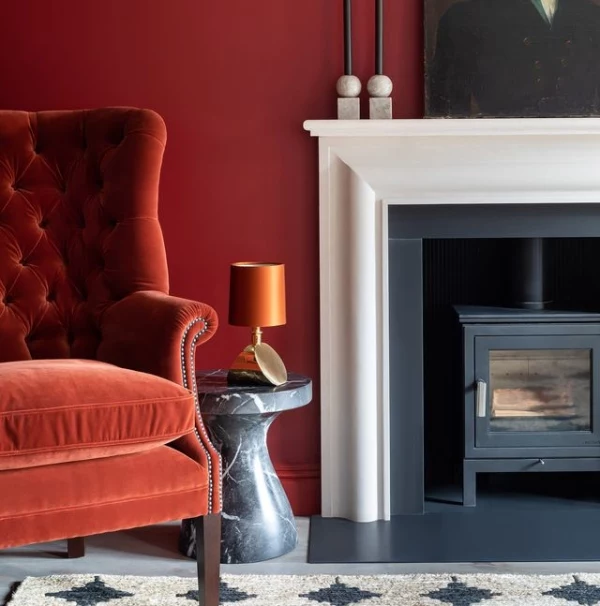
First Things First: Understanding Energy and the Elements
Before you even think about grabbing a paint chip, you have to get the “why” behind the color choices. Without this, you’re just decorating. With it, you’re intentionally shaping the energy of your space. It all boils down to two core ideas.
Chi: The Lifeblood of Your Home
The central concept here is Chi (sometimes spelled Qi). Think of it as life force energy that flows through everything, including your house. Just like water, Chi can flow smoothly, get blocked and become stagnant, or rush through way too fast. Our goal is to create a gentle, meandering flow of positive Chi.
- Stagnant Chi feels heavy and depressing. It pools in cluttered corners, unused rooms, and dark hallways. This is what my client had, and it can make you feel totally stuck in life.
- Rushing Chi happens in long, straight corridors or when your front and back doors are aligned. It zips through your home too quickly, which can create feelings of anxiety and instability.
Color is one of the best tools we have for guiding Chi. A pop of bright color can get stagnant energy moving, while a calming hue can help slow down rushing energy.
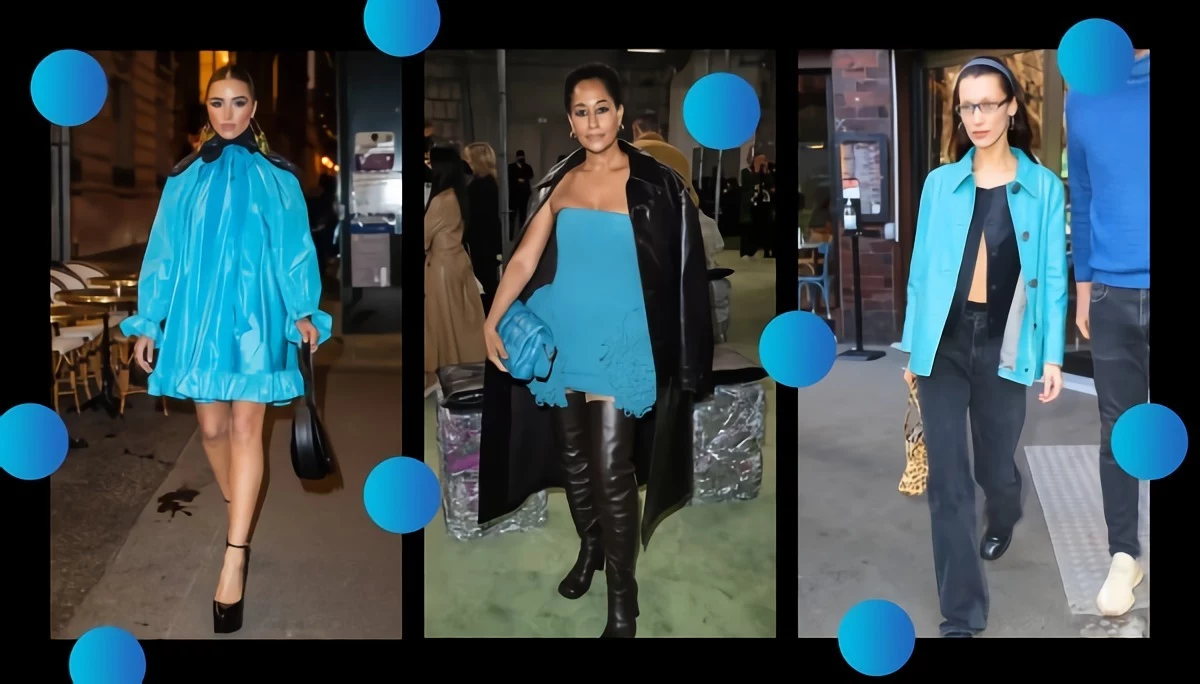
The Five Elements: Your Feng Shui Toolkit
In this practice, the whole universe is made up of five elemental energies: Wood, Fire, Earth, Metal, and Water. Each one has its own vibe and is tied to specific colors, shapes, and materials. Getting these elements to play nicely together is the key to harmony.
Here’s the breakdown you’ll want to remember:
- Wood: Think greens and browns. It represents growth, health, and family. Its shape is rectangular or columnar (like a tree trunk or a bookshelf), and its material is, you guessed it, wood.
- Fire: All about reds, vibrant oranges, purples, and hot pinks. It’s the element of passion, fame, and celebration. Its shape is triangular (like a flame).
- Earth: This is your stable, grounding element. Its colors are earthy—beiges, sandy tones, and pale yellows. Its shape is square, and its materials are things like ceramics, pottery, and stone.
- Metal: Represents clarity and precision. The colors are whites, grays, and metallics like gold and silver. Its shapes are round or arched, and its material is any kind of metal.
- Water: Represents wisdom, career, and flow. Its colors are all shades of blue and black. Its shape is wavy or curving, and its materials are glass, mirrors, and fountains.
These elements interact in cycles. We use the Productive Cycle to boost energy. For example, Water nourishes Wood (water helps trees grow), and Wood fuels Fire (wood feeds a fire). So, if you want to enhance the Fire energy in a room, adding some Wood element decor (like a green plant) will “feed” the fire and make it stronger.
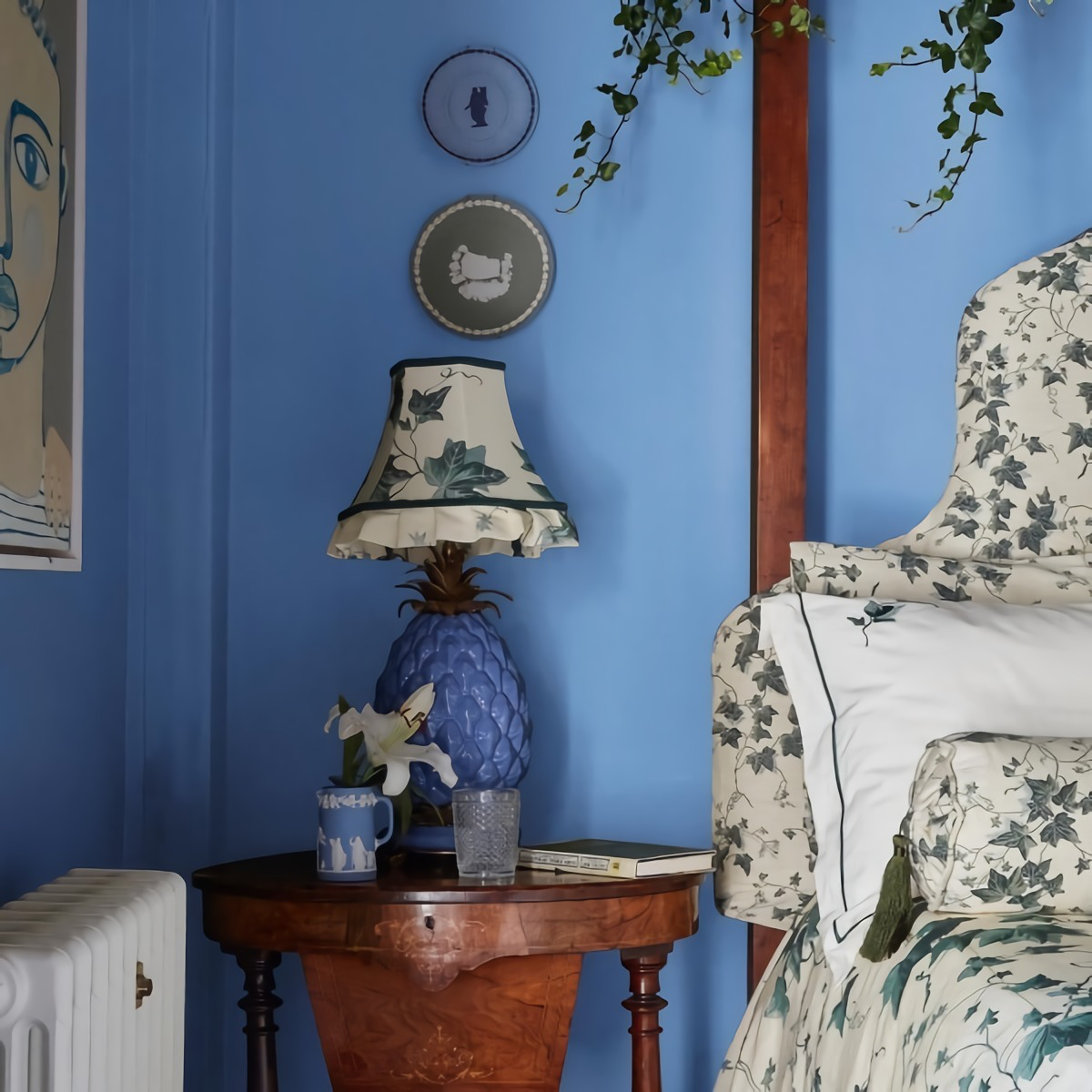
Then there’s the Destructive Cycle, which we use carefully to tone down an element that’s too overpowering. A classic example is a kitchen where the stove (Fire) is right next to the sink (Water). This is an energy clash! To fix it, we place a Wood element between them, maybe a wooden cutting board or a utensil holder. Water feeds Wood, and Wood feeds Fire, creating a bridge instead of a fight.
How to Actually Map Your Home’s Energy
Okay, let’s get practical. To use color correctly, you need a map. In Feng Shui, this is called the Bagua—an energy grid you overlay on your home’s floor plan. There are a couple of ways to do this, but for beginners, the Western method is by far the easiest.
Here’s how to apply the Western Bagua map:
- Sketch your floor plan. It doesn’t have to be perfect. Just a basic top-down view of your home’s layout. If you live in a multi-story home, do this for each floor separately.
- Draw a 3×3 grid over it. Think of a tic-tac-toe board. Draw this grid over your entire floor plan, making nine equal sections.
- Align the grid. This is the most important step! Rotate the grid so the bottom edge is aligned with the wall of your main entrance door. Your front door will fall in one of the three bottom squares: Knowledge, Career, or Helpful People.
Heads up for tricky layouts! What if your home is L-shaped? Just draw the grid as a complete square or rectangle, enclosing the whole shape. This will reveal a “missing” area, which we can address with cures later. If your main door is on the side of the house, you still align the bottom of the map with that wall.
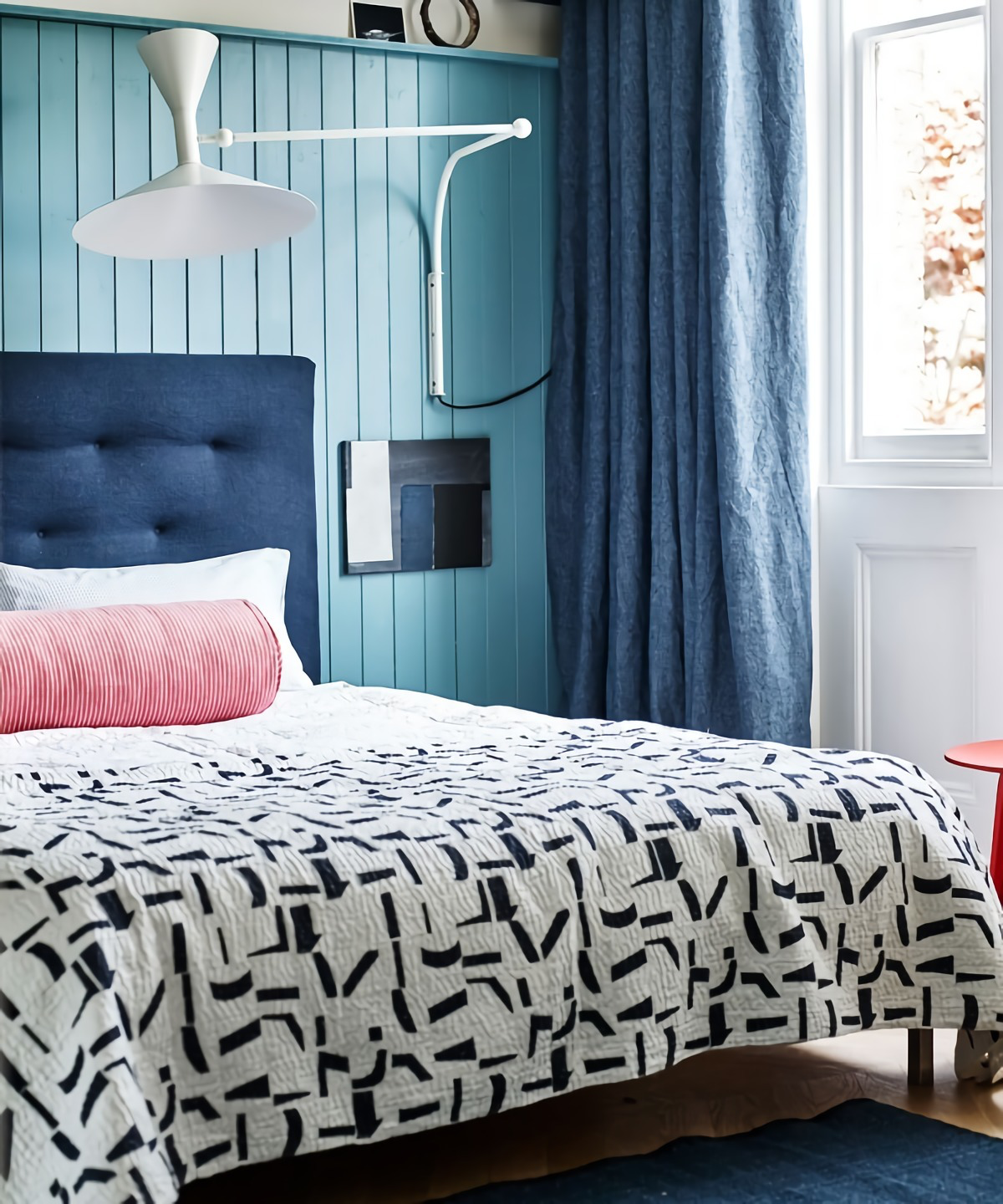
Now you can see which life area falls into which part of your home:
- Back Left: Wealth & Prosperity (Wood)
- Back Center: Fame & Reputation (Fire)
- Back Right: Love & Relationships (Earth)
- Middle Left: Family & Health (Wood)
- Center: Health & Well-being (Earth)
- Middle Right: Children & Creativity (Metal)
- Front Left: Knowledge & Self-Cultivation (Earth)
- Front Center: Career & Life Path (Water)
- Front Right: Helpful People & Travel (Metal)
The Big Question: Your Home’s Map vs. Your Personal Colors
So you’ve mapped your house. But you also have a personal energy profile, determined by something called a Kua number. This is based on your birth information, and an online “Kua Number Calculator” can find it for you in seconds. Your Kua number tells you which elements and colors are most supportive for you personally.
But what happens when your personal color clashes with the color for a Bagua area you want to fix? This confuses EVERYONE. Let’s clear it up.
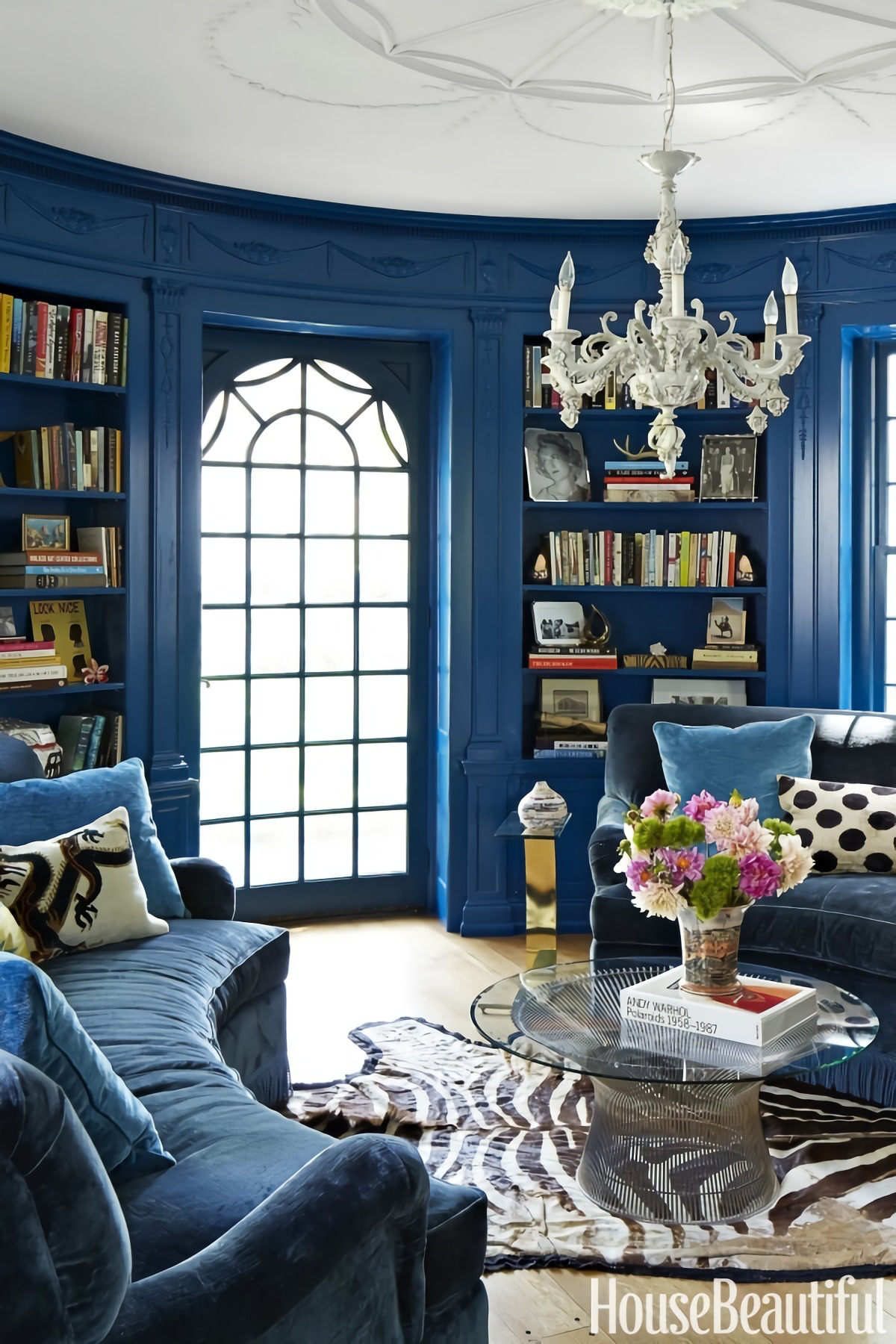
Here’s the simple rule: Use the Bagua map for the room’s general energy (walls, big furniture, rugs) and use your Kua colors for personal items that you touch and interact with (your favorite throw blanket, the cushion on your office chair, your clothes).
For example, if the Relationship area of your bedroom calls for Earth tones (beiges, pinks) but your personal Kua color is green (Wood), don’t panic. Paint the room a soft beige, but maybe keep a special green plant on your nightstand or use a favorite journal with a green cover. You are creating harmony between the space’s energy and your own.
Putting It All Together: A Room-by-Room Guide
Let’s combine everything. The key here is subtlety. You don’t need to paint a whole room bright red to activate it. A few well-placed pillows or a piece of art can be much more powerful (and easier to change!).
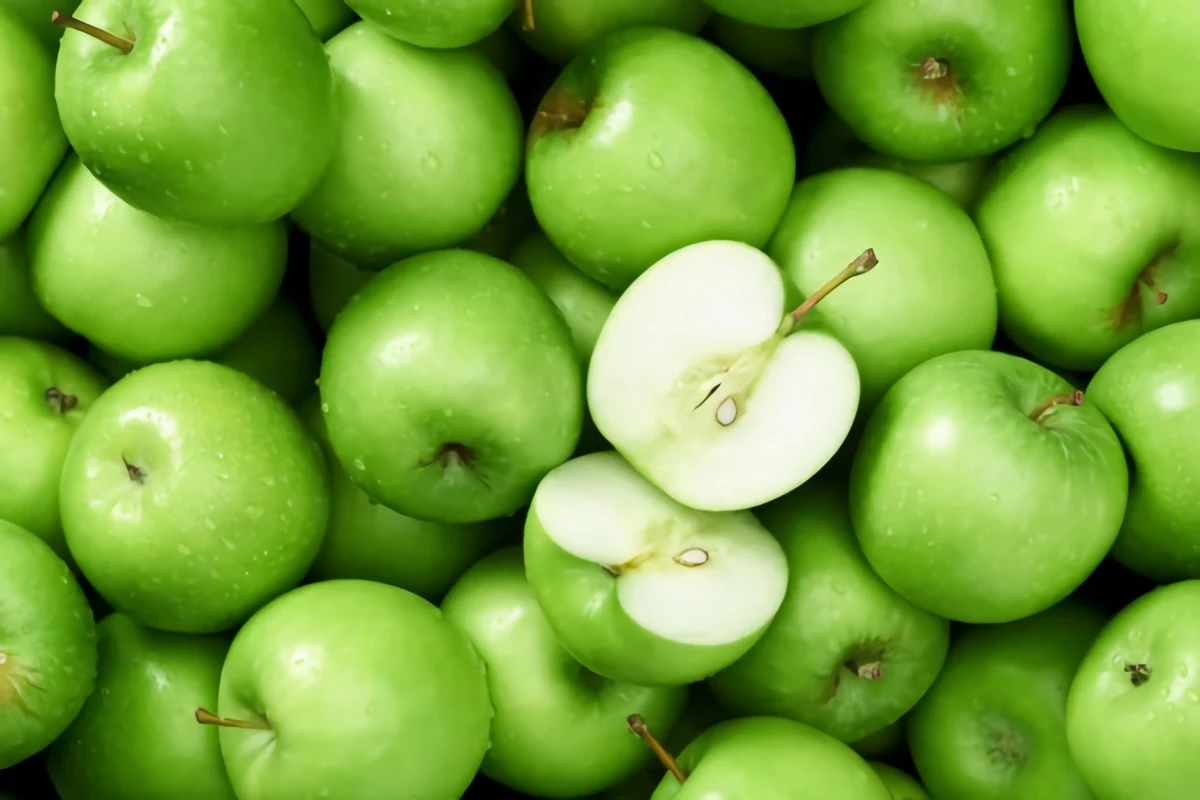
The Entryway (Career Area)
Your front door is the “Mouth of Chi,” where all opportunity enters. In the Western Bagua, this area is all about your Career and Life Path, ruled by the Water element.
- Goal: Create a bright, welcoming path for good energy.
- Supportive Colors: Blues and black (Water), plus whites and grays (Metal, which creates Water).
- Practical Tips: A dark blue door can be great, but not if the hall is already dark (like my client’s!). In that case, use the Metal element—white paint, a round mirror (a Metal shape)—to brighten and circulate energy.
- Renter-Friendly Fix: Can’t paint? No problem. Get a high-quality doormat in a deep blue or black for under $30 at Target or online. A simple, elegant fix!
The Living Room (A Hub of Many Energies)
Living rooms are often large and can span several Bagua zones. Their main job is to foster connection, making the grounding Earth element super important.
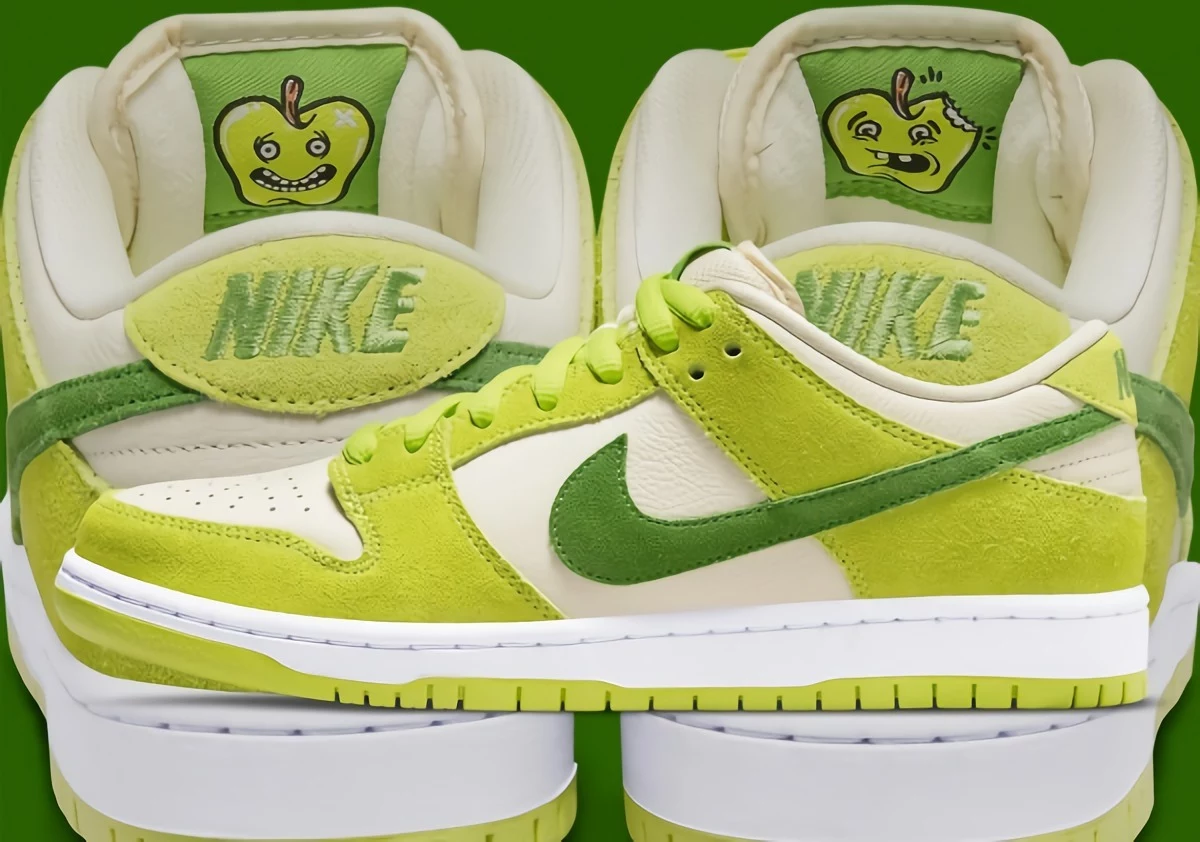
- Goal: Encourage harmony, stability, and comfortable connection.
- Supportive Colors: Earth tones like warm beige, soft yellow, or light terracotta are a fantastic base. Then, use your Bagua map to add accents. If part of the room is in the Wealth area (Wood), a beautiful wood side table or a few green pillows will do the trick.
- Renter-Friendly Fix: Textiles are your best friend. A cozy throw blanket in an earthy tone, some green velvet pillow covers from Amazon (you can find a set for $20-$30), or a piece of art that pulls in the colors you need.
The Bedroom (Love & Relationships Area)
The bedroom is for rest and romance. Its primary governing element is usually Earth, which promotes stability and nurturing.
- Goal: Promote deep rest, intimacy, and a stable partnership.
- Supportive Colors: Think colors that mimic skin tones—soft beiges, cocoas, warm pinks, and terracotta are perfect.
- A Practitioner’s Warning: Please, please, please avoid strong Fire (red) or Water (blue/black) colors here. I once consulted for a couple with a bright red accent wall who fought constantly. We repainted it a soft taupe, and the calm was almost immediate. Too much red leads to arguments; too much blue can dampen passion.
- Renter-Friendly Fix: Your bedding is the easiest and most impactful change. Invest in a duvet cover in a warm, earthy shade. You can also place a pair of rose quartz crystals (the stone of love) on your nightstand. You can find them on Etsy for $10-$20.

The Kitchen (Health & Nourishment)
The kitchen is an energetic hotspot because of the natural clash between the stove (Fire) and the sink (Water).
- Goal: Balance the elements for a healthy, prosperous space.
- Supportive Colors: To bridge the Fire-Water gap, we use Wood. Green is fantastic for a kitchen—think a bowl of green apples, a backsplash, or canisters. White (Metal) is also excellent for promoting cleanliness.
- Renter-Friendly Fix: This is so easy. Place a small potted herb like basil on the windowsill (around $5 at a grocery store). Use a wooden utensil holder on the counter. Or just hang a set of green kitchen towels. Done.
Your First 5-Minute Feng Shui Fix
Feeling overwhelmed? Let’s make it simple. Right now, go to the back-left corner of your main living space (your living room or family room). This is your Wealth & Prosperity area. Take five minutes and do two things: 1) Remove one piece of clutter from that corner. 2) Add one living thing, like a small snake plant (they’re nearly impossible to kill and cost about $15 at Home Depot). That’s it! You’ve just activated the energy in a key area of your life. Feels good, right?
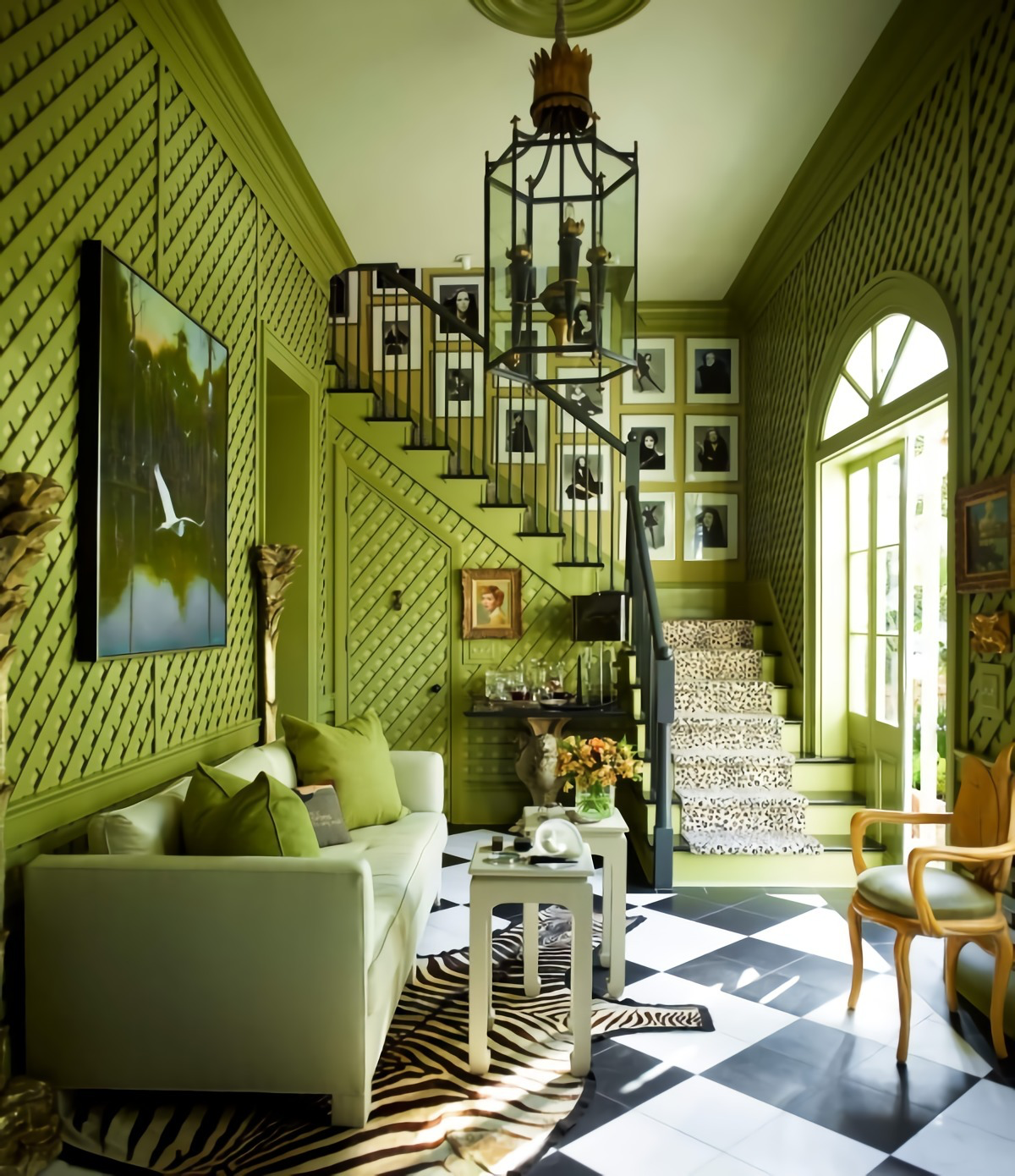
Dealing with Problem Areas (The Cures)
Sometimes a space needs more than just a colorful pillow. When we have a significant imbalance, we use a specific object or color as a “cure” to correct it.
Fixing a Missing Corner
If you have an L-shaped home, you likely have a “missing” Bagua corner, which can create challenges in that area of life. For a missing Wealth corner (Wood element), the cure is to energetically complete the space. Placing a tall, healthy plant with upward-growing leaves there symbolically lifts the energy. Another great cure is to hang a mirror on an adjacent wall to visually and energetically “pull” the space into the home.
Weakening Negative Energy
A common problem is a bathroom located in a positive area like Wealth or Relationships. Bathrooms have drains, which can symbolically flush good energy away. To counter the draining Water element in a Relationship (Earth) area, we use the Destructive Cycle: Earth dams Water. I’d recommend using earthy-colored bathmats and towels, adding ceramic accessories, and—this is a big one—always keeping the toilet lid down and the door closed.

Common Mistakes and A Final Thought on Health
It’s easy to get overzealous, but balance is always the goal. Painting an entire room bright red because it’s your Fame area can lead to burnout and anxiety. Use strong colors as accents only. And most importantly, if the Bagua map says you need green but you truly hate the color, don’t use it! Your negative emotional reaction will cancel out any benefit. Use the element’s shape (a rectangular bookshelf for Wood) or material instead. Your home has to feel good to you.
Oh, and one last thing. Real good energy starts with a healthy physical environment. When choosing paint, I always urge clients to spend a few extra bucks on low-VOC or no-VOC options from brands like Sherwin-Williams or Benjamin Moore. Polluted indoor air is fundamentally bad Chi. Feng Shui is a powerful tool to complement your life, but it’s not a substitute for medical or financial advice.

Start small. Pick one room, add a few supportive accents, and just notice how it feels. Your intuition is your best guide. The goal is to create a home that’s a beautiful reflection of the vibrant, balanced, and joyful life you deserve.
Inspiration:

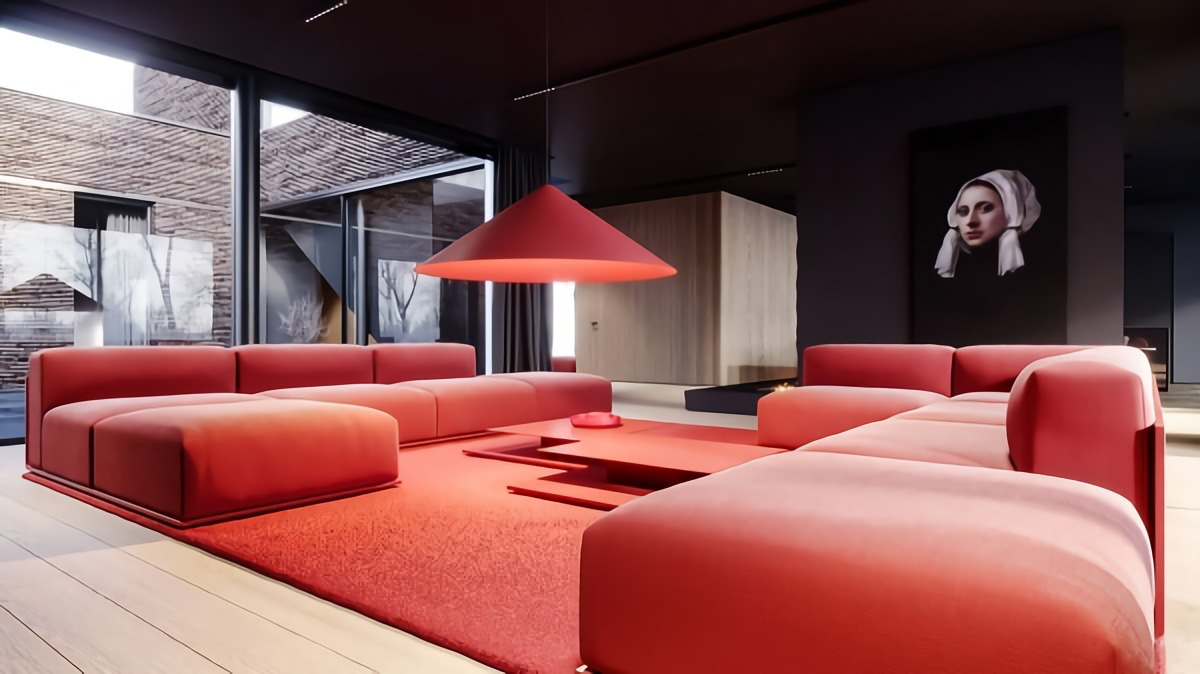
- Calm a racing mind with soft, muted blues that evoke the quiet of dusk.
- Invite restorative energy with earthy, skin-tone beiges and gentle pinks.
- Promote deep healing with shades of green, connecting to nature’s regenerative power.
The secret to a restful bedroom? Think Yin energy. Your goal is to create a soft, enveloping space that encourages the body and mind to slow down. Avoid high-energy Yang colors like bright reds or pure whites here.

Wondering how to handle the ever-popular all-white kitchen?
In Feng Shui, pure white is associated with the Metal element—great for precision and cleanliness, but an excess can feel sterile and cold. To balance it, introduce the Earth element for warmth and nourishment. Think butcher block countertops, terracotta pots for herbs, creamy beige backsplash tiles, or even a warm, sandy-toned Roman shade. These touches ground the space and make it feel more welcoming and supportive.
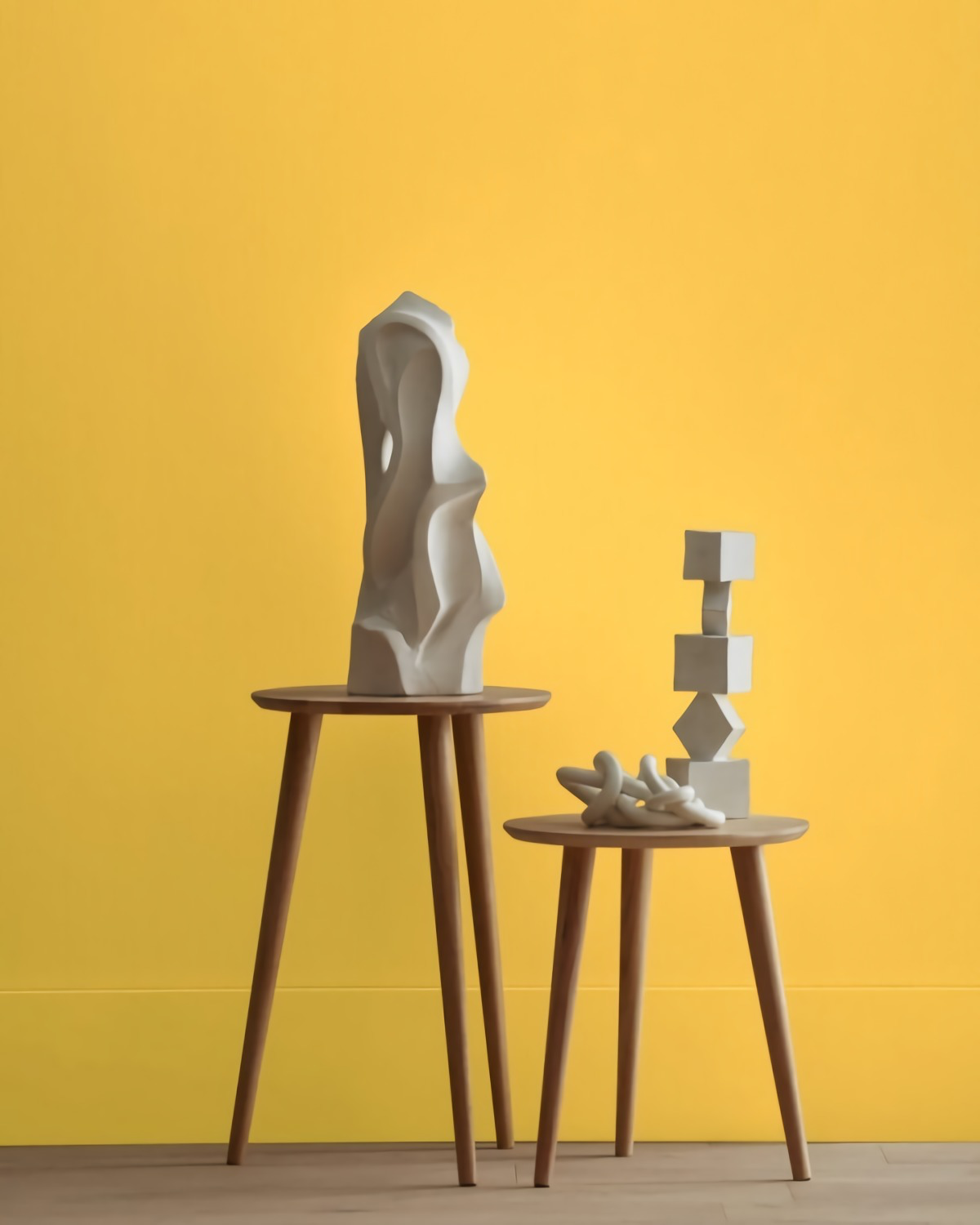
Strong Statement: A bold, black accent wall, like Farrow & Ball’s ‘Railings’, used behind a headboard in a well-lit bedroom. It creates a grounding, protective feel associated with the Water element’s depth and wisdom.
Subtle Accent: Incorporating black through picture frames, the legs of a console table, or a sculptural ceramic vase. This introduces the same grounding energy without overwhelming the room’s light.
The key is to use black intentionally to add depth and stability, not to absorb all the light and Chi from a space.
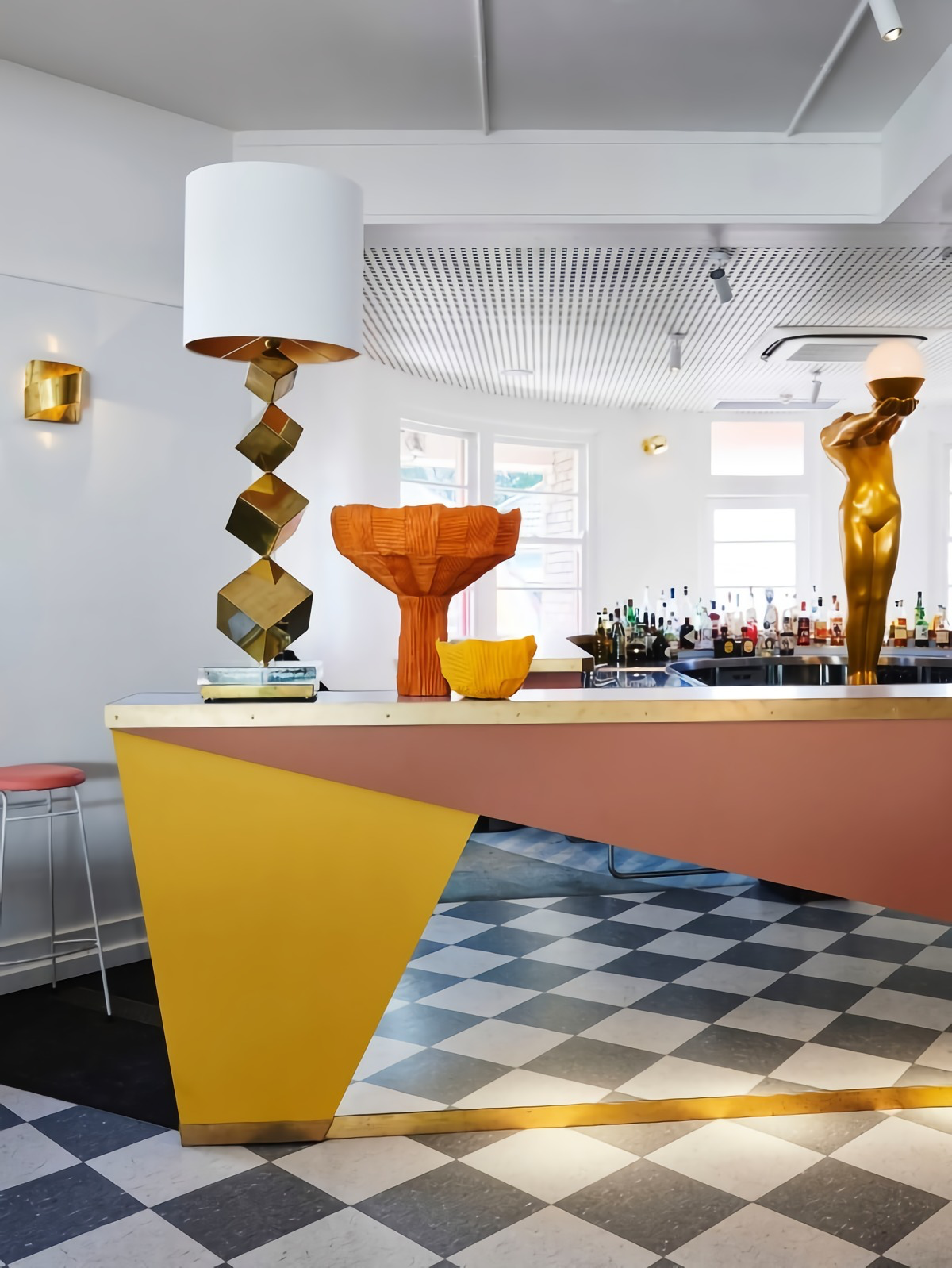
Don’t just look at the paint chip—consider the finish. A single color can express itself very differently, impacting the room’s energy. A high-gloss finish reflects light and energy (Yang), creating a more active, vibrant feel. A matte or limewash finish, like those from Portola Paints, absorbs light and has a softer, calmer effect (Yin). For a living room where you want both relaxation and conversation, try a matte finish on the walls with glossy accessories for a perfect energy balance.
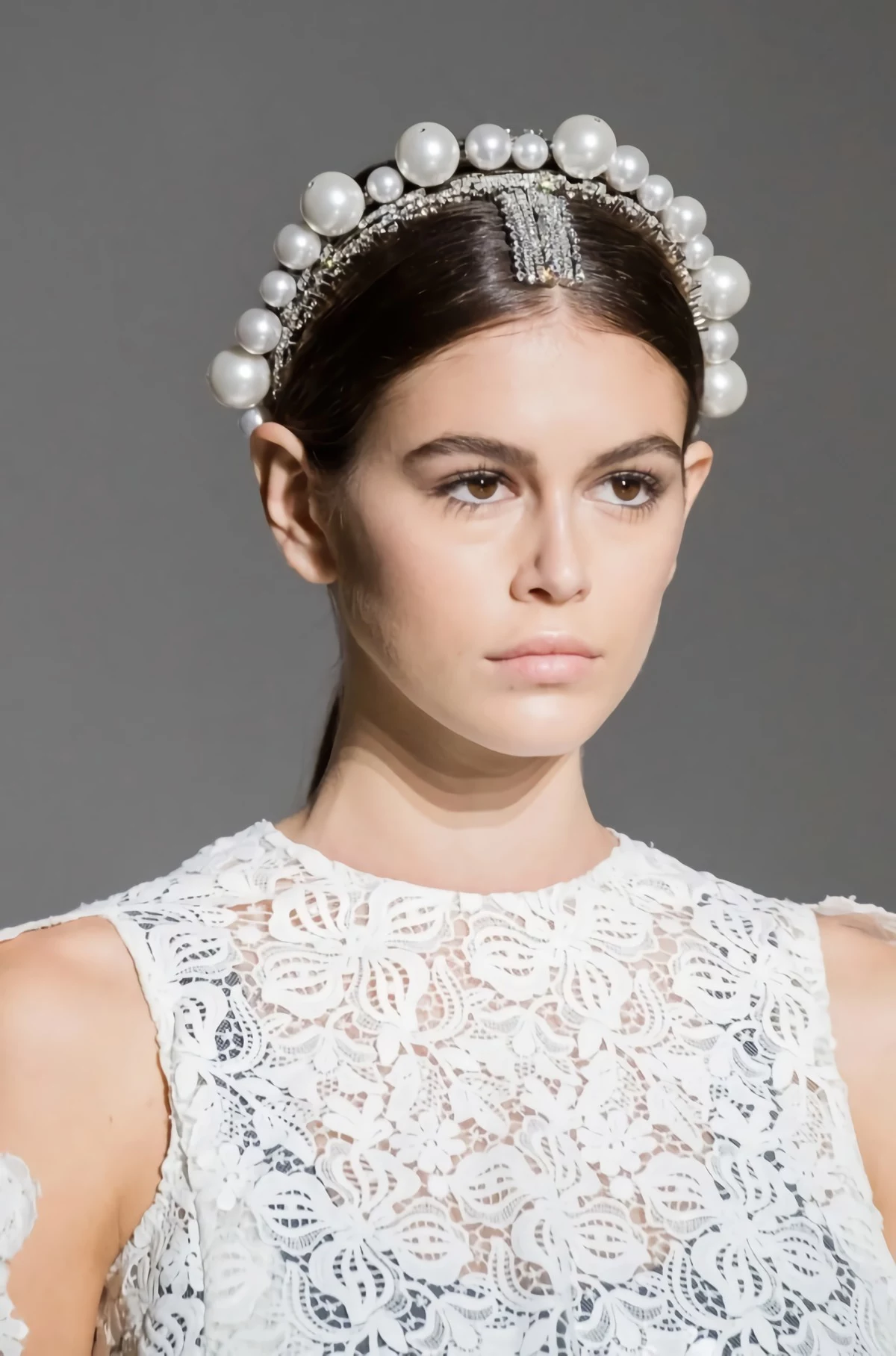
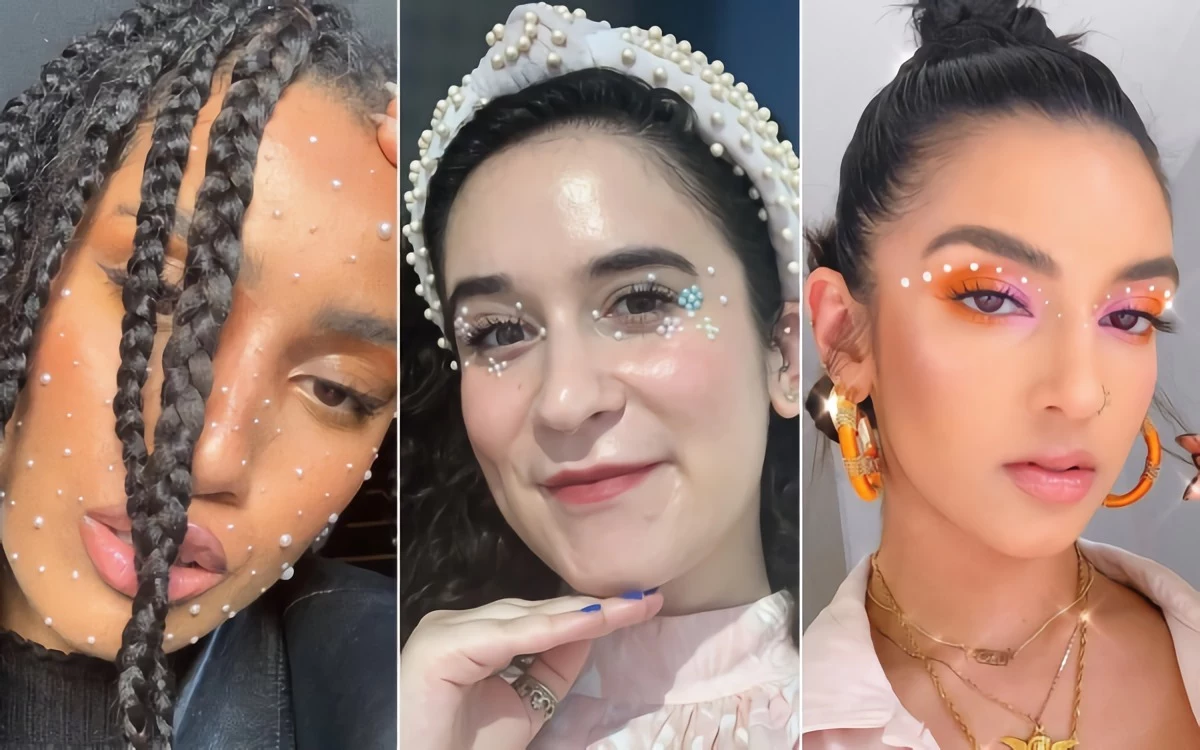
To bring in the vibrant, upward energy of the Wood element, essential for growth and new beginnings, look beyond just green. Introduce its core essence through:
- Color: All shades of green and brown. A sage green from Benjamin Moore (‘October Mist’) on the walls or a rich chocolate brown sofa.
- Shape: Tall, columnar shapes like bookshelves, floor lamps, or striped patterns on textiles.
- Material: The most literal interpretation—real wood furniture, bamboo flooring, and healthy, leafy houseplants.
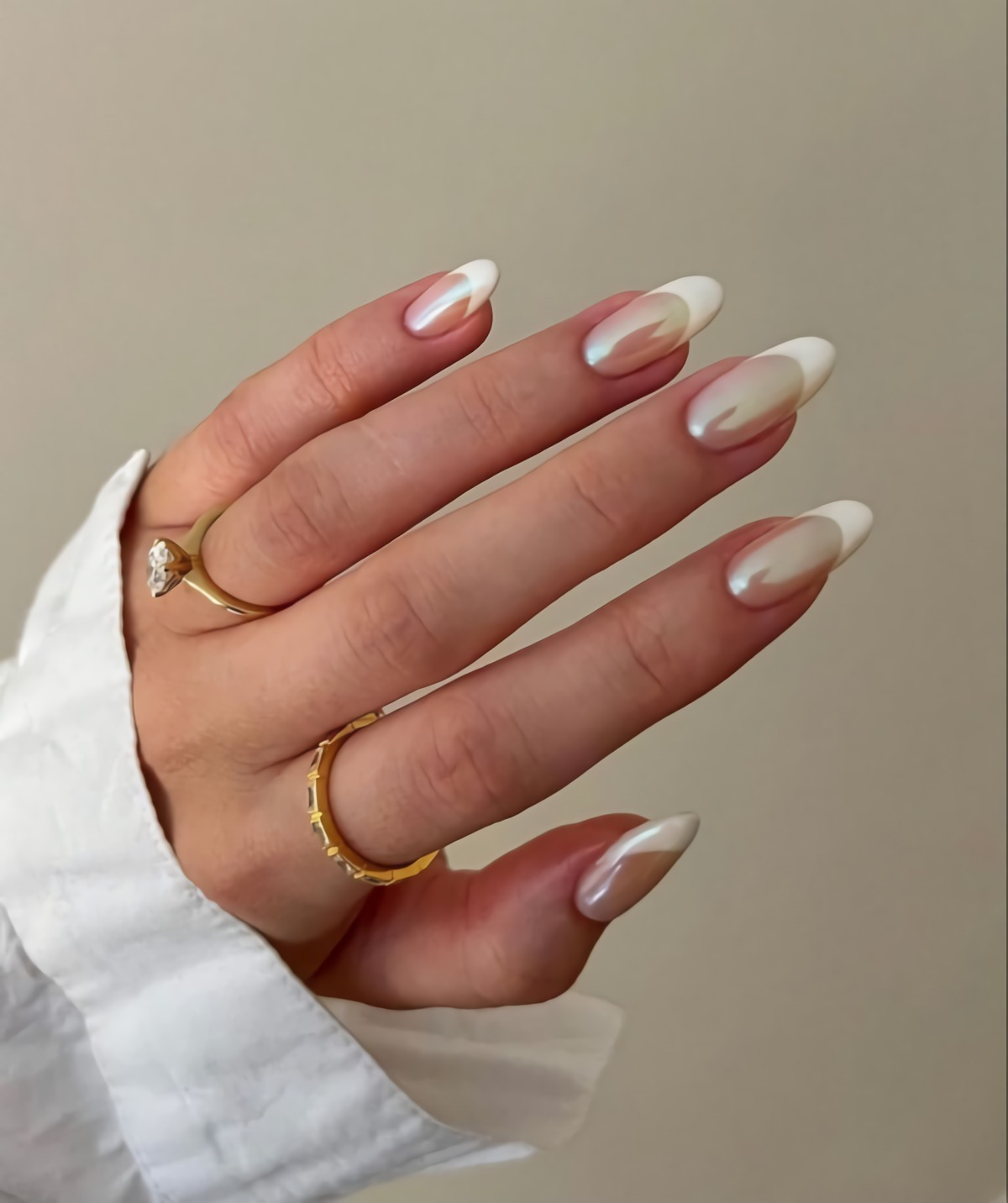
- It creates a sense of safety and protection.
- It promotes stability in relationships and finances.
- It helps you feel more centered and less scattered.
The source of this power? The Earth element. Intentionally place earthy tones—from warm terracotta and sandy beige to rich ochre—in the center of your home or in your primary living space to cultivate a foundation of stability and nourishment for the entire household.
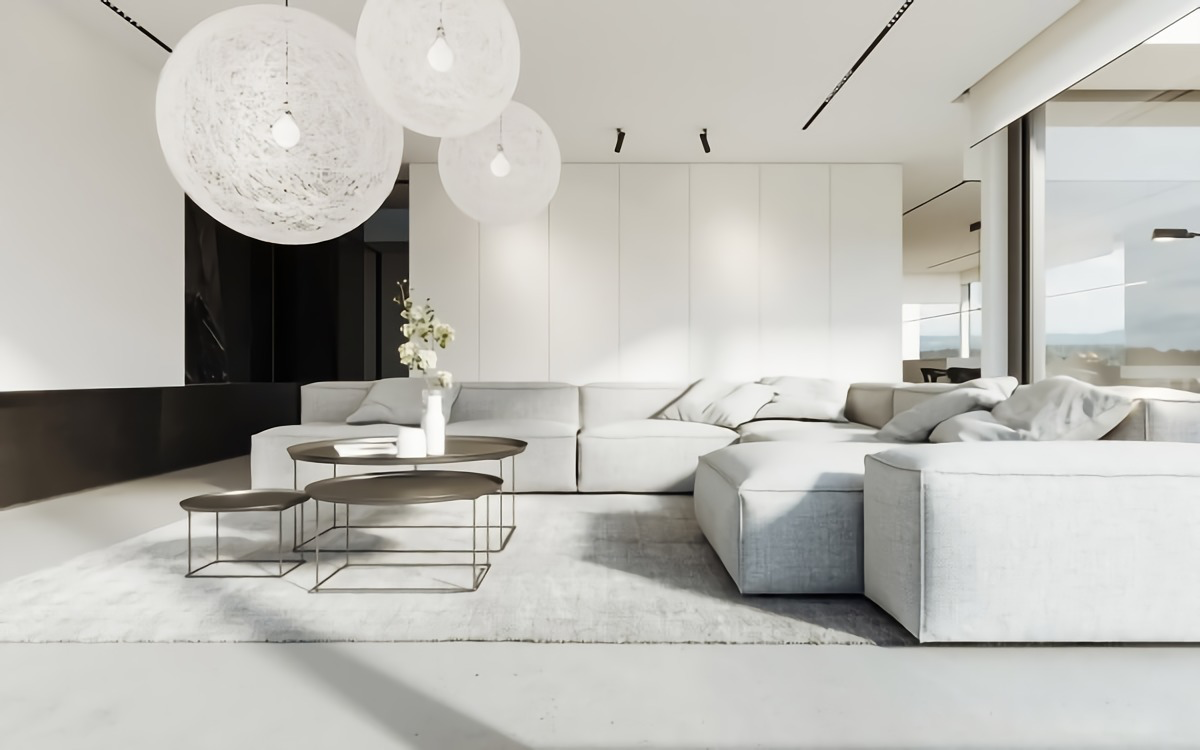
A word of caution on red: While associated with the Fire element and good fortune, it’s an incredibly powerful, high-Yang color. A full red wall can lead to arguments and over-stimulation in a family room. Instead of painting a whole room, use it as a potent accent. A red throw pillow, a single piece of art, or a collection of red candles on the mantelpiece is often enough to activate its passionate, prosperous energy without causing burnout.

A 2018 study published in ‘Frontiers in Psychology’ confirmed that exposure to natural environments and green spaces significantly reduces stress and mental fatigue.
This is the Wood element in action. You can bring this scientific benefit indoors by using shades of green in your home office or any area where you need to focus and feel refreshed. It’s a simple way to combat screen fatigue and support your mental stamina throughout the day.
Before committing to gallons of paint, create your own large-scale sample boards. Paint two coats onto large poster boards (at least 2×2 feet) and move them around the room for a few days. Observe how the color shifts in the morning light versus the evening lamplight. More importantly, notice how *you feel* when you walk into the room and see it. Does it lift your energy? Does it feel calming? This is how you move from decorating to intentionally shaping your environment.










